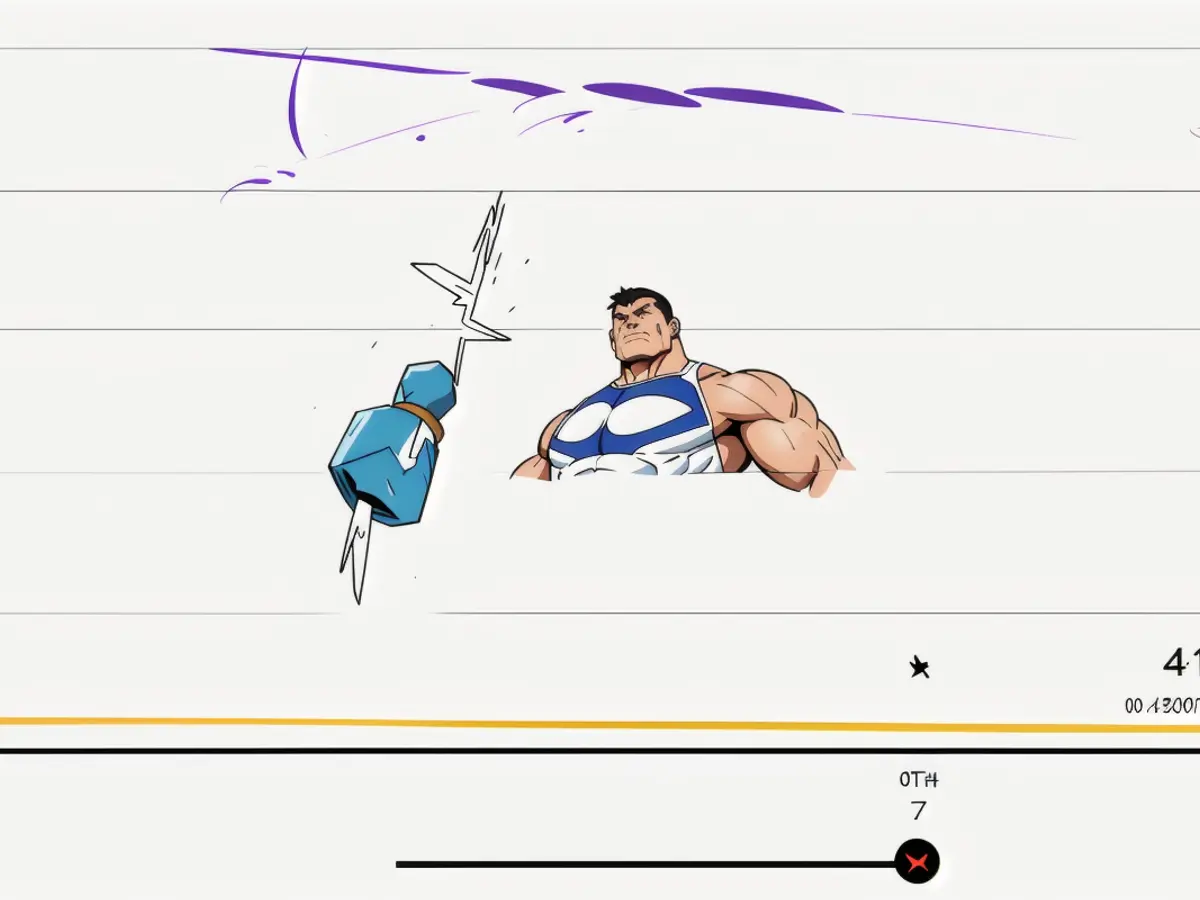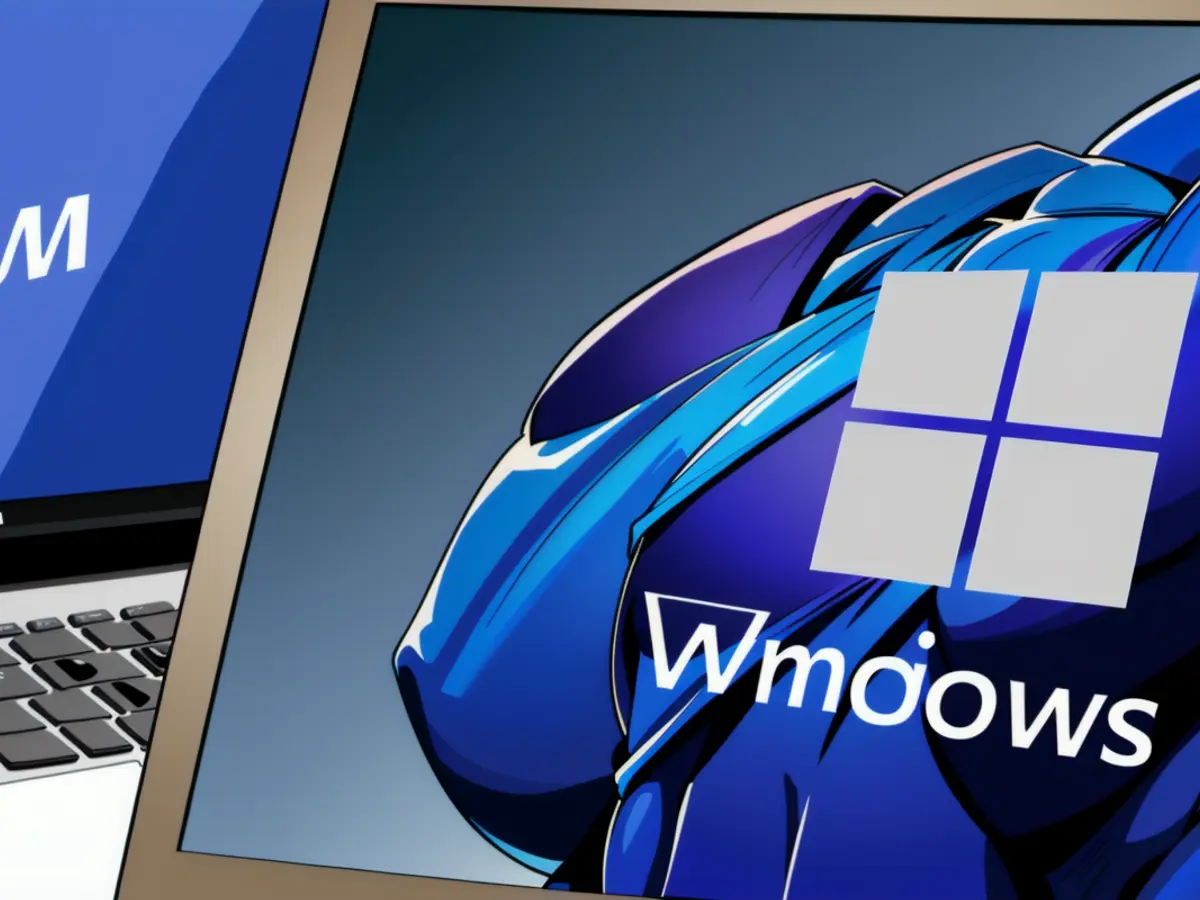Microsoft's Upgrade Move Leaves 65% of Windows Users Vulnerable
It's quite a turn of events for Microsoft in 2025, facing another setback after Google's Chrome browser outpaced its own Edge browser towards the end of 2024, despite Microsoft's persistent prompts and ads pushing users in the opposite direction on Windows.
The latest data only adds to their concerns, as Windows 10's market share grew while Windows 11's decreased in December, despite the fact that the older version of the OS is approaching its end-of-life and users only have a $30 one-time, one-year option to avoid an alarming lack of security updates.
Things were looking up until October, when Windows 11 saw its best numbers yet, surpassing the 35% mark, causing Windows 10 to dip below 60% for the first time. However, two months later, Windows 10 has gained around 3% back while Windows 11 dropped back down towards 34%. This unexpected reversal is now evident. Currently, over 65% of Windows users are at risk and this number is growing monthly.
This is no coincidence. Microsoft announced an extended support option for Windows 10 users in October, offering an additional twelve months for a $30 fee. As I pointed out at the time, this move could just be postponing the problem while weakening the security push for Windows 11. As of now, estimates suggest that there are still 900 million Windows 10 PCs, out of which only 400 million cannot be upgraded to Windows 11.
Now, it seems that the hard line in October 2025 might not be so harsh after all. Windows 10 seems to be more popular than its younger sibling, and while it's uncertain if all the holdouts will pay the $30 fee, the sentiment is changing. Microsoft could potentially extend critical updates for free, under the pretense of protecting its vast ecosystem during a time of increased risk. But again, this is just speculation.

The situation remains dire. Between 850 and 900 million Windows 10 users are nearing end-of-support this year. Microsoft has confirmed that the hardware hurdle is not going away and is encouraging Windows 10 users to upgrade. However, millions are actually moving in the opposite direction. Should this trend continue, we could see up to 70% or more of the market running an almost obsolete OS by fall, with less than 30% having made the switch for a secure future.
Out of these 850-900 million users, around 400 million PCs cannot be upgraded. Whether this is a unable or unwilling issue, there's still the problem of a massive electronic waste to deal with when these PCs are eventually replaced. Despite pushing the can down the road, the problem is not disappearing, and the worry now is that the reversed trend includes users who would have upgraded but haven't, and failed to pay the $30 fee, increasing the risk even further. Recent security headlines confirm that this is a particularly concerning time to be dealing with this issue.
I've reached out to Microsoft for any comment on these recent numbers. Our attention now turns towards the next 2-3 months' stats to see if this is a temporary issue or something more serious.
Microsoft has issued a warning to Windows 10 users approaching the end-of-support, urging them to pay a one-time fee of $30 to secure crucial updates. Concurrently, a Windows warning has been circulating about the potential risks and lack of security updates for users who fail to upgrade. Amidst these concerns, there have also been reports of a Windows 10 warning, advising users about the approaching end-of-life, and encouraging them to consider the Windows 11 upgrade as an alternative.






